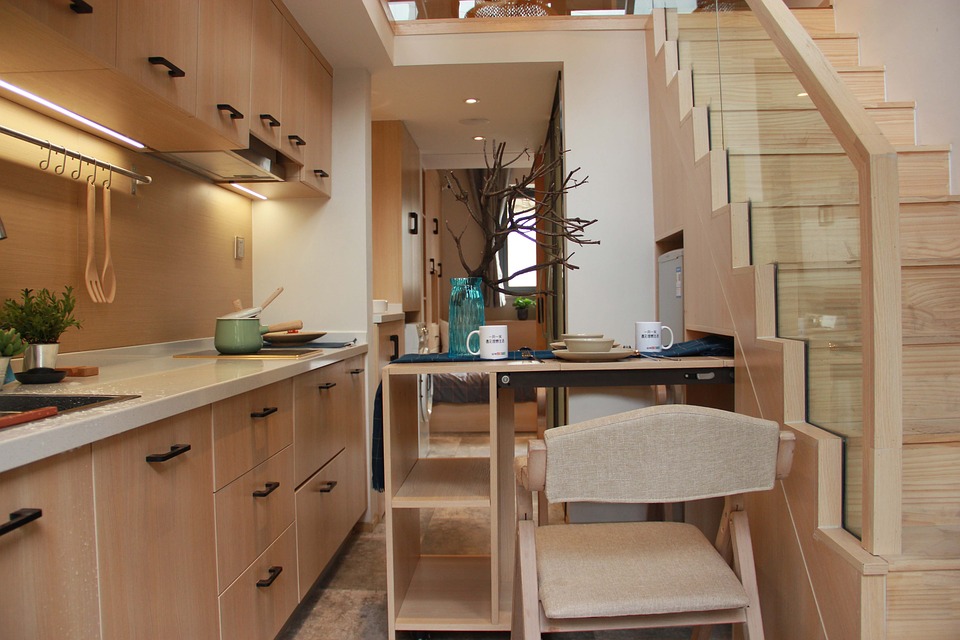Home improvements are something homeowners can not escape. There is always a case of a faulty heater or perforated iron zinc. Home improvements can cost $1000, it could also go as high as $20,000. Whatever the case may be, you probably did not plan for it and the money might not be readily available. When this situation presents itself, what do you do? What are the choices you have?
Loan, credit often come to the rescue. Let us dive deep into the available financial help you might get.
Personal home improvement loans
When you apply for a personal loan, your credit will determine the amount of money you could receive and the interest rate. The better your credit history and score, the more likely it is that your application will be approved.
The good thing about personal loans is that they are usually unsecured, which means that they are not tied to collateral, like your home or family car. In addition, they work with comfortable payment terms. If your loan is approved, you will receive a fixed amount of money that you can repay in a year or perhaps more.
Home Improvement Home Equity Loans
Your own home can become the vehicle you need to request financing and thus repair or even remodel your home. A home equity loan is a type of secured loan in which your property will act as collateral.
Therefore, the limit of money that you could receive will be closely related to the price of your home, if it is your own or to your equity, which is the current value of your property minus the mortgage debt, in case you have it acquired with a mortgage.
Homeowners generally limit themselves to asking for no more than 85% of their home’s equity or equity. For example, if your house is worth $350,000 and the Your mortgage balance is $250,000, you would have $100,000 of equity. This means that the most you should borrow is $85,000.
Home equity lines of credit
A home equity line of credit(HELOC) is similar to a home equity loan. home equity line of credit is structured differently. However, we could say that as with a home equity loan, with this option your home will also be put as collateral.
Now, the main difference would be this: instead of receiving a lump sum of cash, the bank will grant you a line of credit. The good thing about lines of credit is that they are much more flexible since you can borrow only what you need for a certain time.
Typically, homeowners who qualify for this type of line of credit can borrow the same 85% of their home equity. Take into account that HELOCs can establish a withdrawal period, which is a period of time previously established by the lender. During this period, you can borrow money from the credit line. When the withdrawal period ends, you may be able to renew the credit line if you wish.
When you are planning on a home improvement, you should always put into consideration the urgency of the repair and your financial stance. review your budget and make sure you can cover the monthly payments of any loan you want to apply for without putting your pocket or your house at risk. If you are very tight and it is not an emergency repair, it is preferable that you wait. Think that, instead of asking for a loan, you could gather the extra money in a savings account to pay for the repair in the future.
Thinking of payment with your credit cards? Well, credit cards can be a tempting option, especially if you already have one on hand. If you qualify for an introductory offer at low-interest rates or better yet, 0% APR, you could pay for the repair and you would have that entire offer term to pay the full amount requested.
Though this is true, keep in mind that pushing your credit cards to the limit could affect your score.

